Three of Mel Gibson‘s big historical blockbusters share one major criticism. Outside of his roles in action movies like the Mad Max and Lethal Weapon franchises, Mel Gibson has also ventured into screenwriting and directing, with historical epics being a significant genre in both facets of his career. While Gibson’s historical dramas have earned plenty of accolades, including numerous Academy Awards, they also haven’t been without their share of criticisms.
One such example is Gibson’s highly controversial 2004 movie The Passion of the Christ, which was polarizing for numerous reasons, including its extremely violent depiction of the crucifixion of Jesus. Meanwhile, several of Gibson’s other historical movies have also been criticized despite their box office success and accolades, namely Braveheart, The Patriot, and Apocalypto. Curiously, one common thread of criticism can be seen in all three movies.
3 Of Mel Gibson’s Movies Are Considered Some Of The Most Historically Inaccurate
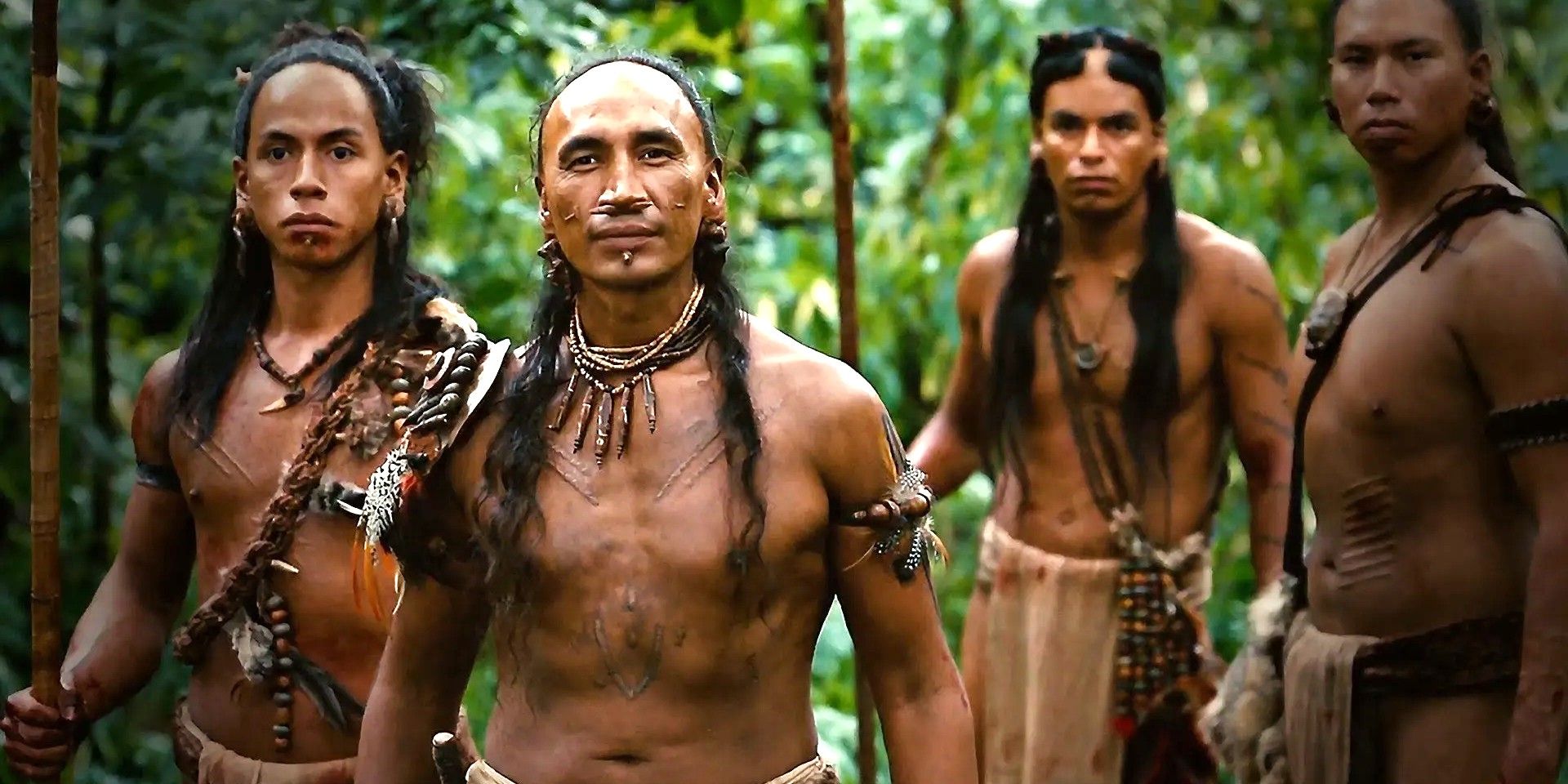
Gibson’s 1995 medieval epic Braveheart was his second project as director, with the movie recounting the story of 13th-century Scottish revolutionary William Wallace, played by Gibson. Though Braveheart won Oscars for Best Picture and Best Director, Braveheart‘s litany of historical inaccuracies regarding Wallace’s life and leadership of Scotland’s revolt against English rule has been heavily criticized by historians. Irish historian Seán Duffy even shared (via History Ireland) that “the battle of Stirling Bridge could have done with a bridge.” Gibson’s 2000 historical film The Patriot has also been taken to task in similar ways as Braveheart.
Directed by Roland Emmerich, The Patriot followed Gibson as Colonel Benjamin Martin with the movie set during the American Revolution, but the film’s depiction of the colonist’s revolt from the British Empire has been criticized for its historical shoddiness. Additionally, Gibson’s 2006 directorial outing Apocalypto was a historical movie centered on the Mayan culture, with Gibson even shooting the film in Yucatec Maya, similar to The Passion of the Christ‘s dialogue primarily being in Aramaic and Latin. Despite this major endeavor for historical authenticity, Apocalypto‘s portrayal of the ancient Mayan culture drew criticism for its historical inaccuracies.
Even Mel Gibson’s Hacksaw Ridge Had Inaccuracies, But It Wasn’t As Criticized
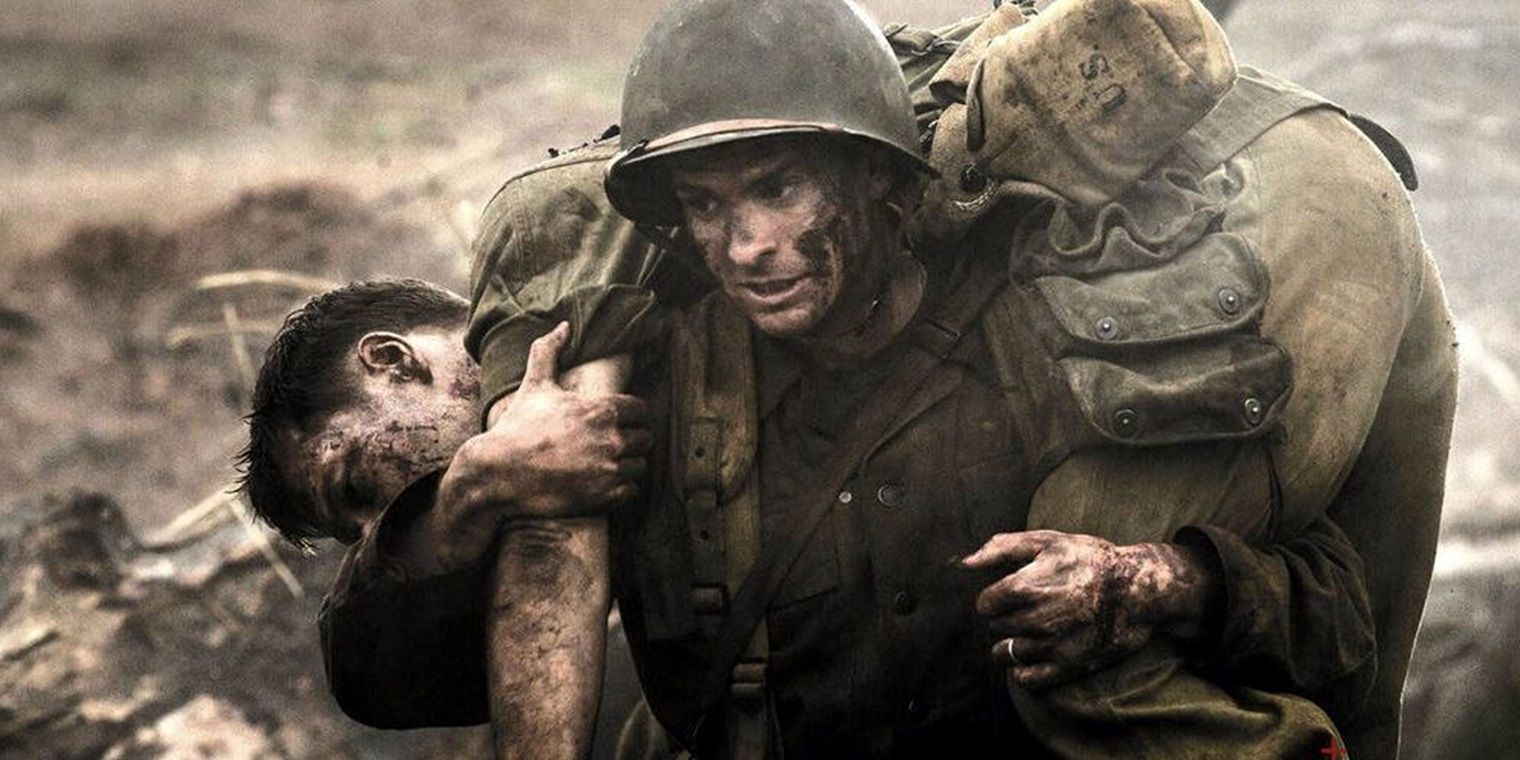
Gibson made a return to directing with the 2016 World War II movie Hacksaw Ridge, focusing on the story of pacifist combat medic Desmond Doss (Andrew Garfield) and his heroism in saving 75 wounded soldiers in battle. Hacksaw Ridge once again earned considerable awards season acclaim, including Academy Award nominations for Best Picture, Best Director, and Best Actor for Garfield, but the movie also takes some noteworthy liberties with Doss’s story (though an interview with Doss himself prior to his 2006 passing was included during the end credits.) Despite having its own divergences from history, Hacksaw Ridge largely avoided the criticisms leveled at Braveheart, The Patriot, and Apocalypto.
That might boil down to Hacksaw Ridge‘s factual inaccuracies being less numerous than Gibson’s other historical movies. Doss had previously declined offers to turn his story into a movie due to an insistence upon any adaptation sticking to the facts. Moreover, Doss’s son Desmond Doss Jr. also commented that Gibson generally adhered to the essence of Doss’s story, even as Hacksaw Ridge changed some aspects of Doss’s life. That probably explains why Hacksaw Ridge has faced less criticism than Braveheart, The Patriot, and Apocalypto, but in any case, viewers interested in the past should primarily view Mel Gibson‘s historical epics as adventurous period movies more so than history lessons.
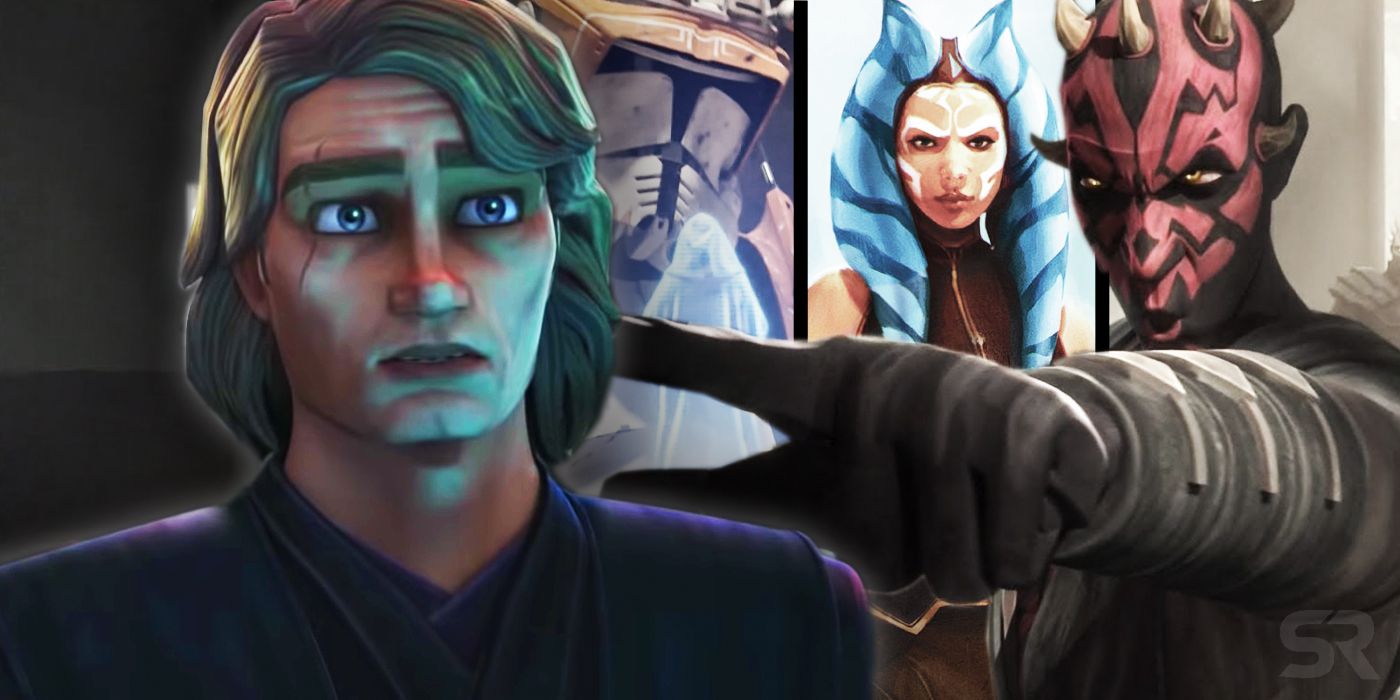
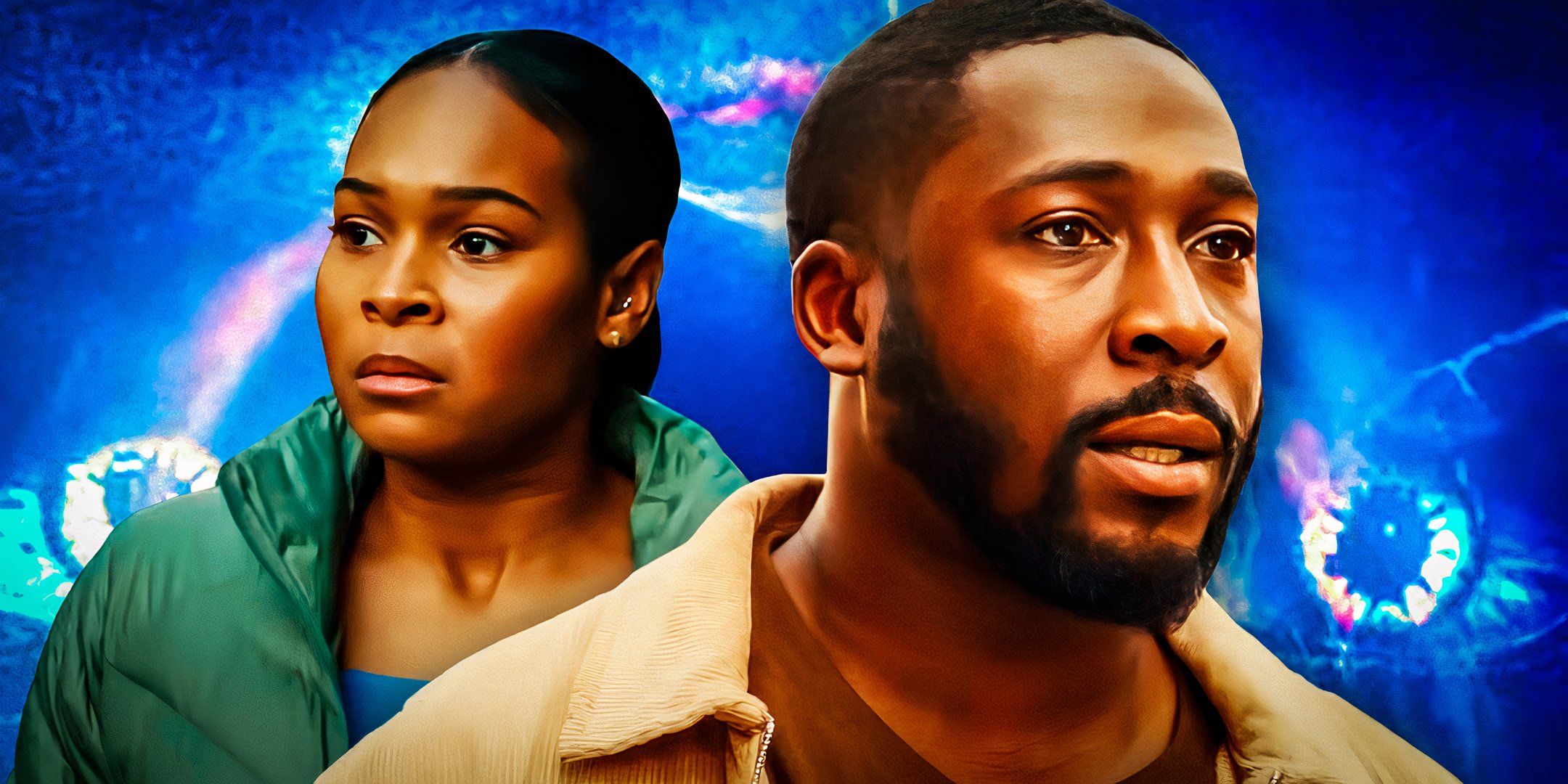

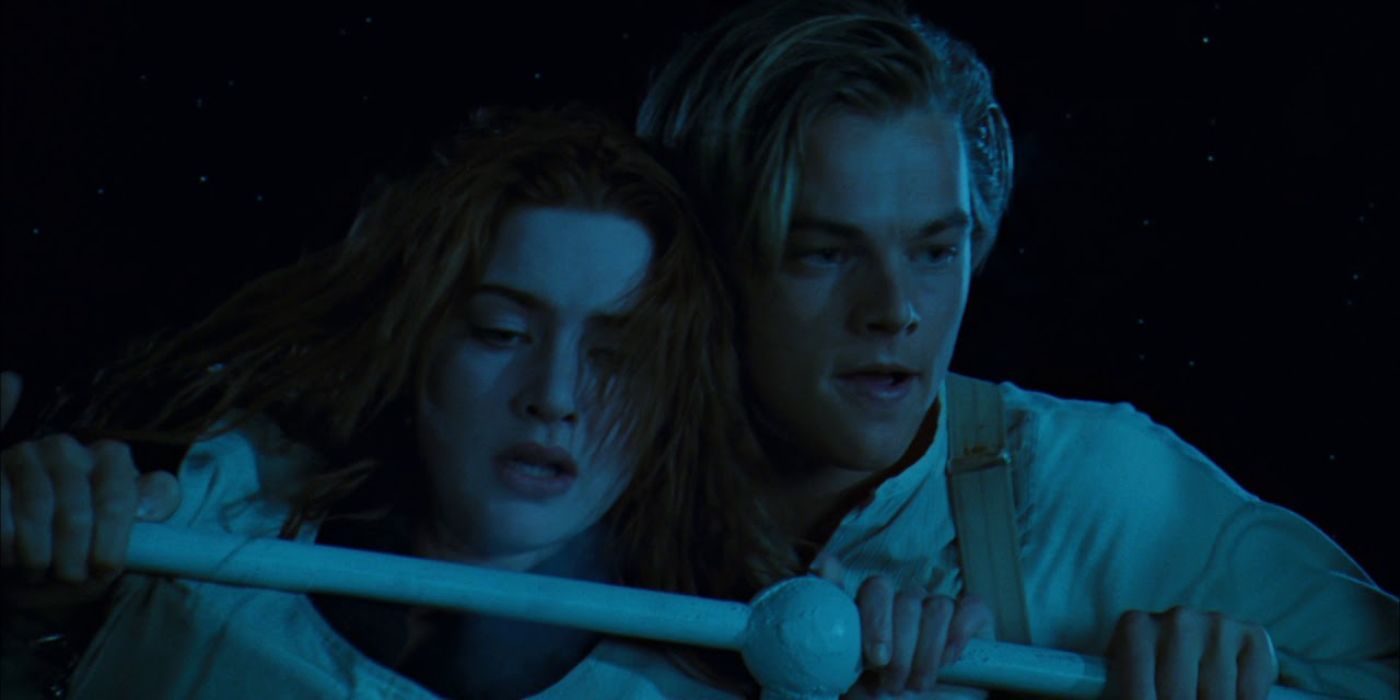
-Featured.jpg)
